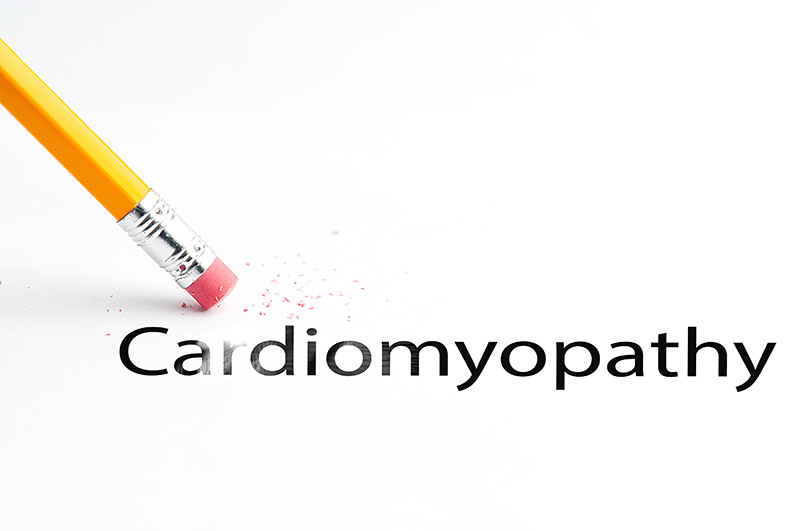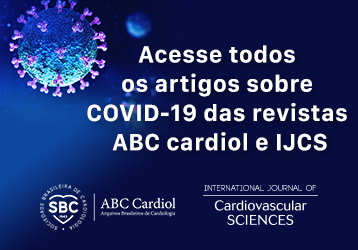Volume 33, Nº 1, January and february 2020
DOI: http://www.dx.doi.org/10.5935/2359-4802.20190080
BRIEF COMMUNICATION
Takotsubo Syndrome in the Context of Transmural Acute Myocardial Infarction: Prevalence and How to Differentiate?
João Paulo Soares Costa
Luiz Eduardo Fonteles Ritt
Rafael Modesto Fernandes
Felipe Alvarenga Duarte Campos
Queila Borges
Eduardo Sahade Darzé

Takotsubo syndrome (TTS) is characterized by acute and reversible cardiac dysfunction. Because of clinical similarities between TTS and acute coronary syndrome, their differential diagnosis is a challenge. To describe the prevalence of TTS among patients suspected of ST-elevation myocardial infarction (STEMI) and compare the clinical profile of TTS with that of STEMI. A retrospective analysis of medical records was performed on patients diagnosed with TTS with ST elevation (cases) and patients diagnosed with STEMI (controls) at Cárdio Pulmonar Hospital, Bahia, Brazil, between 2011 and 2017. For each case, four controls were randomly selected. Categorical data were compared using Pearson’s chi-square and Mann–Whitney tests. Six patients had a confirmed diagnosis of TTS, corresponding to 3.2% of the patients suspected of STEMI. All TTS cases were female; ejection fraction was lower in TTS than in STEMI (35.5 vs. 56.0%; p = 0.018); patients with STEMI had higher peak troponin levels (9.4 vs. 2.2 ng/mL; p = 0.033), and neuropsychiatric disorders were more common in the TTS group (50.0 vs. 12.5%; p = 0.04). The median InterTAK diagnostic score was 60.5 (interquartile range 43.0 67.0) in cases and 24 (interquartile range 18.0–39.5) in controls (p < 0.001). TTS differed from STEMI in that it was more prevalente in females and was associated with emotional or physical stress, neuropsychiatric disorders, lower ejection fraction, and lower peak troponin levels.
Keywords: ST Elevation Myocardial Infarction; Takotsubo Cardiomyopathy; Stress, Psychological; Stress, Physiological; Ventricular Function Left; Acute Coronary Syndrome/diagnosis.











